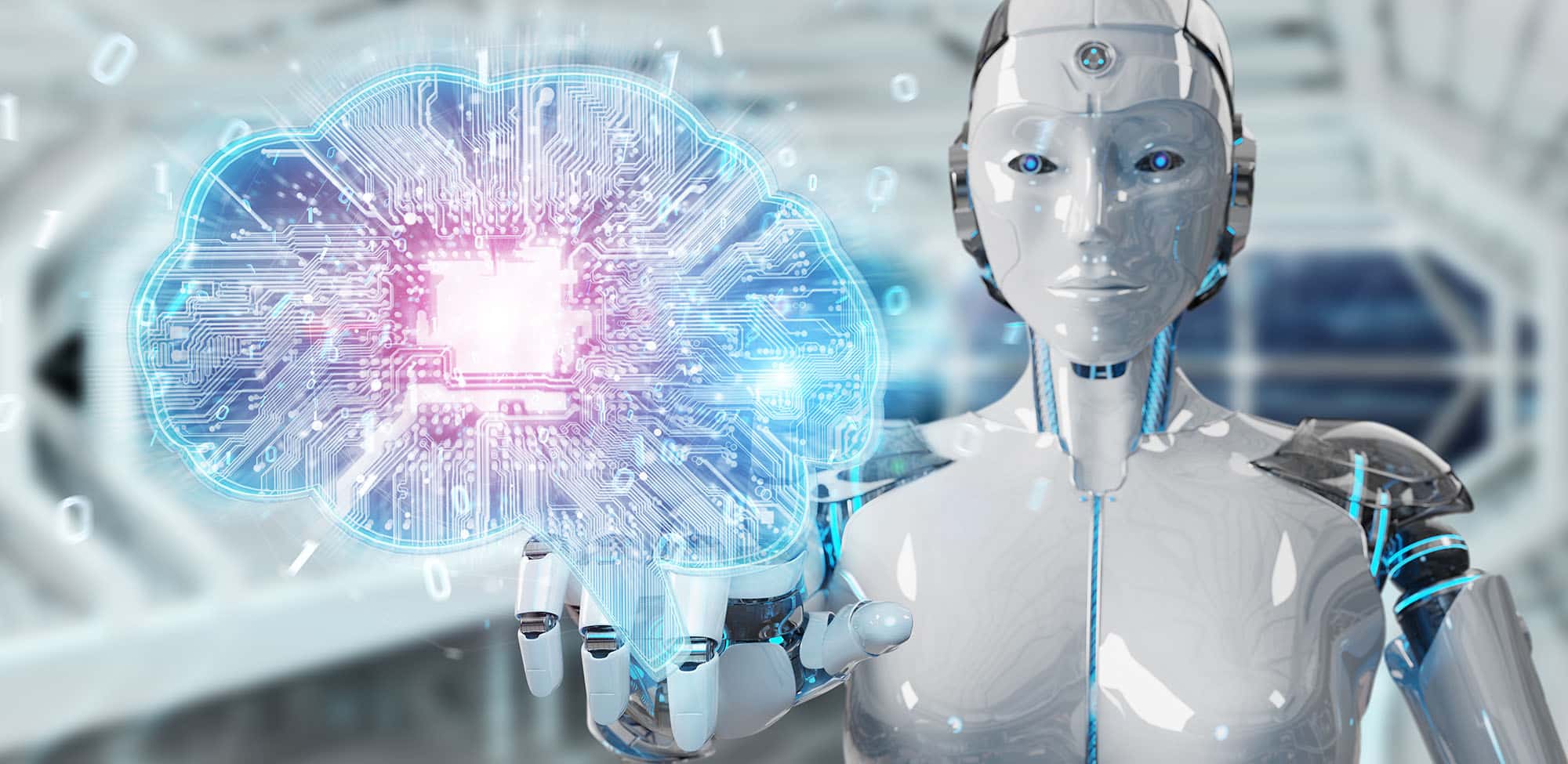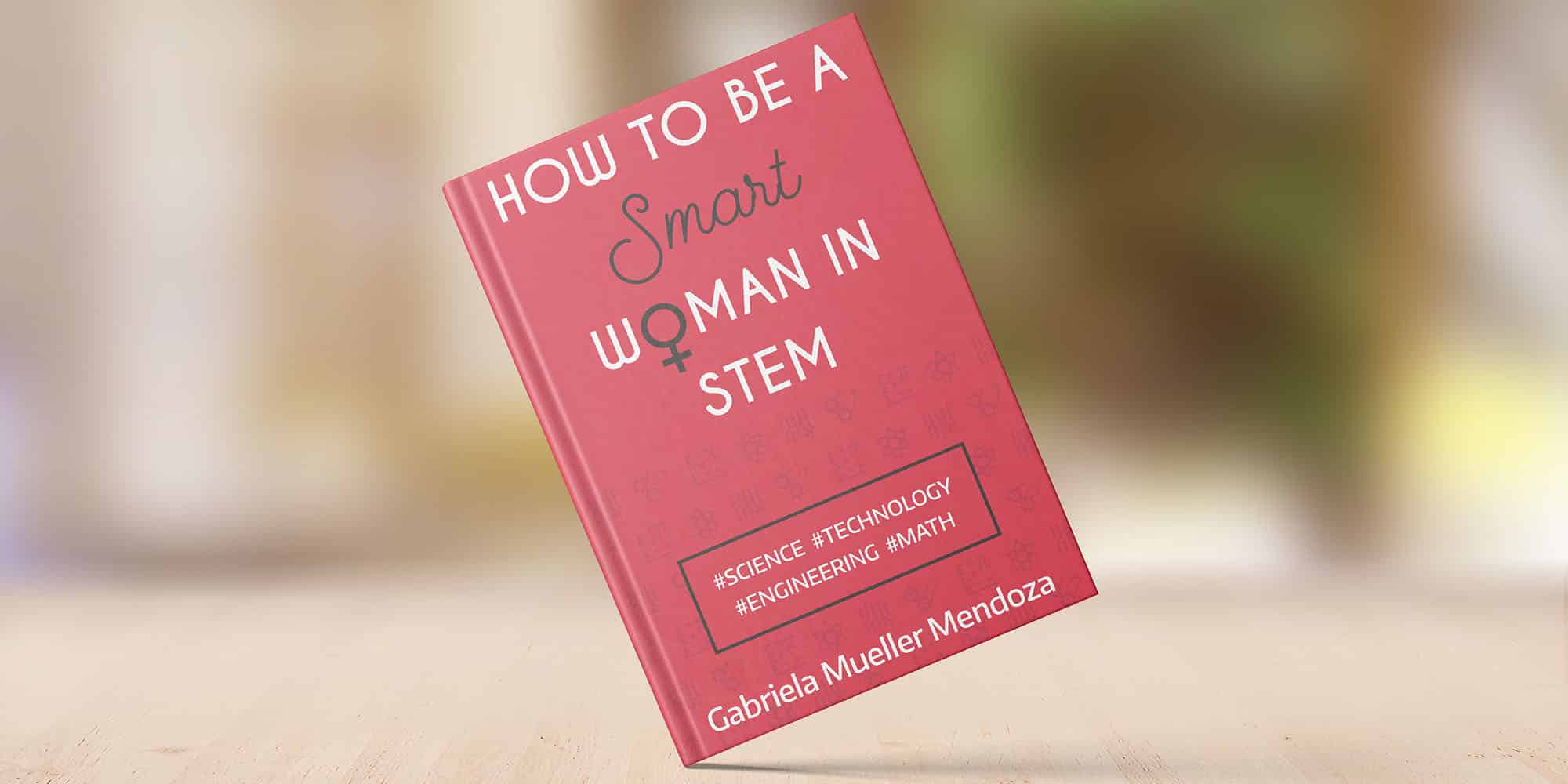These are great times and they raise unique challenges and opportunities. You and I are now relying more and more on AI (Artificial intelligence) system that help us guide our cars, transportation systems, heath care applications, economic models, logistics and many other applications we are at times not even aware of.
There’s a flip side of AI. It’s important to know it’s not error-free and recognize its flaws. AI systems and models are created and based on algorithms. When IT specialists, programmers and AI creators tell the computer what to do, they also get to choose how it’s going to do it. That’s where computer algorithms come in. The algorithm is the way IT specialists, programmers and AI creators define the WHATand the HOW computers get the job done. It’s essentially the technique used to get things done using computers AI systems that learn and perform every time faster, and better. Wait, better? Let’s see.
Those systems are a result of algorithms that have, unknowingly, or inadvertently, inherited many of the biases humans have. The same bias that help to perpetuate the global challenges that we want and need to fix. In other words, the work done by AI and machine learning systems are not always objective, purely neutral processes of data analysis.
here I present three concrete solutions on how to fix this issue and how companies who identified it early enough are getting better results.
As part of the solution is to increase Diversity of gender, background, thinking and across the disruptive innovative teams that create new tech and AI, I want to be part of the solution. My book is coming out “How to be a Smart Woman in STEM” A collection of tools and strategies for leaders 4.0 who make these crucial decisions and to empower gender diversity in Science Tech Engineering and Math fields. Book tour and availability online and bookstores Spring 2019. Book tour follows. Stay tuned gabrielamueller.com
For example, Amazon attempted to make the hiring and recruitment system more effective by using a new AI system that using employee data (success data, certain aspects recognized as traits and qualities displayed by their known best employees). The flaw happened when the machine based its recommendations on 10 years of past data and applications. In the end the selected candidates lack unique profiles Amazon attempted to identify for a competitive present. The new system perpetuated the very biases that the company was attempting to eliminate. Amazon aborted the system, returning to an effort to be “un-biased” and re-training their staff. In the future, they may attempt it again, this time with some of these practices at hand.
AI isn’t dangerous, human bias is. As many advancements it can have many applications, and these systems more and more will guide us all.
At the recent World Economic Forum 2019 in Davos, I noticed how attitudes are shifting as AI impacts across the board, opening the door for tangible change. Leaders need to harness and accelerate these evolving attitudes and channel them into action to best prepare for the future.
We all are building companies and organizations for today and for tomorrow, ecosystems and enterprises that are sustainable and don’t just react to the world around them.
Three solutions on how to decrease this impact and let’s “un-bias” future AI systems:
ONE. Awareness, training by professionals and diverse experts, on-going organizational efforts that refresh the concepts and the techniques to fix this issue. This isn’t a half-day only-time HR program. It’s a mind-shift the leaders and teams at all levels start and continue. HR & Talent development areas and IT business units need to take action. Among those: leveraging the diversity of the data used, to increase diversity of thinking in their teams. More under here https://gabrielamueller.com/speaking/gender-diversity
TWO. Reverting not top-down, but bottom-up
Let’s rethink AI. The problem is not only the developers’ blind spots and bias. It’s the entire system and how the world has approach AI development from the top-down view. Like many tech advancements AI is largely dictated by the perspectives and views of what most identify as developed nations and first-world cultures. The result is that AI mirrors unconscious, views from certain sectors of population and regions in the world. In fact, ideas can grow everywhere, at the bottom or on the sides of these societies. The opportunity is not equally given.
Truly global diversified perspectives, nods of intelligence networks which are distributed, new thinking models and true cultural diversity are all key elements, if AI has a chance to help us create solutions for all.
Ideally, instead of using a top-down approach that provides a model on data limited, AI systems could use a more iterative, evolutionary model, powered up by diverse teams worldwide and not restricted to traditional segments and regions.
THREE. Waking the talk. Last year the conversations were about reskilling / re-training now it’s all about taking action. The benefits of upskilling and retraining, and why it is necessary to have a highly flexible workforce are clear. It’s time to start delivering on this, and walk the talk. Organizations need to retrain, reinvest and reskill their taskforces. Here is the chance. AI and new advancement can help. New possibilities for careers that have never existed before suddenly open up. Robots will not replace jobs, but instead make more, high value-added roles for humans in the future.
AI present tremendous potential and chances, for re-training and continuous learning. Our employees need to learn to embrace learning as constant, we as leaders too. Let’s be eager students, learning how to work with AI and other emerging technologies.
A more connected world that reveals and tackles unconscious bias and moves to true diversity can thrive.
Let’s be part of the solution.
#cochgabrielamueller #smartwomanstem #unconsciousbias #AI #WEF19 # wef




